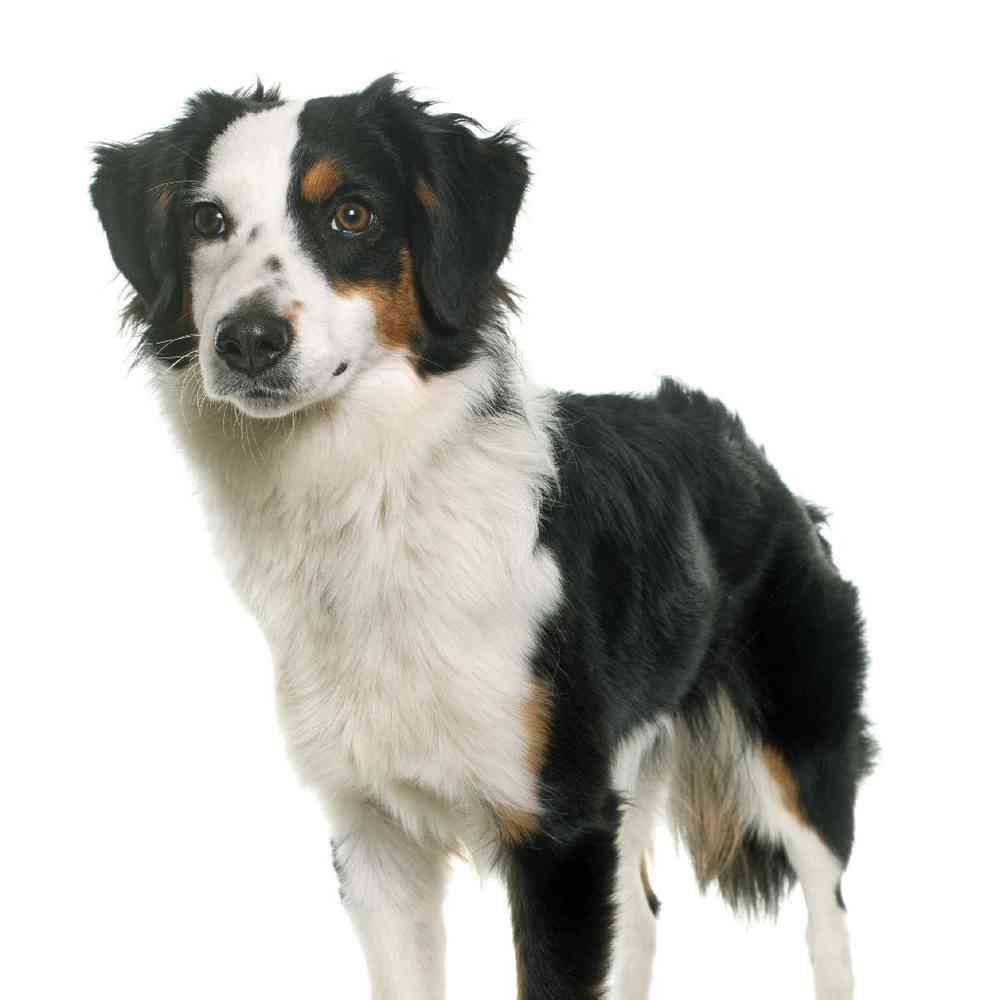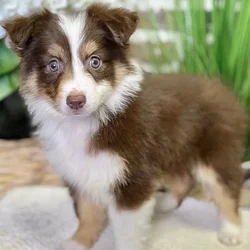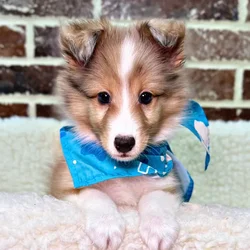Miniature American Shepherd

The Miniature American Shepherd resembles a small Australian Shepherd. True herders in spite of their compact size, Minis are bright, self-motivated workers and endearingly loyal and lively companion dogs who have an affinity for horses.

Want to know more about Miniature American Shepherd ?
Breed Traits
Group
Herding
About
History
Standard
Nutrition
Grooming
Exercise
Training
Health
General Appearance
The Miniature American Shepherd is a small size herding dog that originated in the United States. He is slightly longer than tall with bone that is moderate and in proportion to body size and height without extremes. Movement is smooth, easy, and balanced. Exceptional agility combined with strength and stamina allows for working over a variety of terrain. This highly versatile, energetic dog makes an excellent athlete with superior intelligence and a willingness to please those to whom he is devoted. He is both a loyal companion and a biddable worker, which is evident in his watchful expression. The double coat of medium length and coarseness may be solid in color or merled, with or without white and/or tan (copper) markings. He traditionally has a docked or natural bobtail.
Size, Proportion, Substance
Head
Neck, Topline, Body
Forequarters
Hindquarters
Coat
Color
Gait
Temperament
Disqualifications
All pets have found there homes! Sign up to be notified when new pets are added so you don't miss out.













